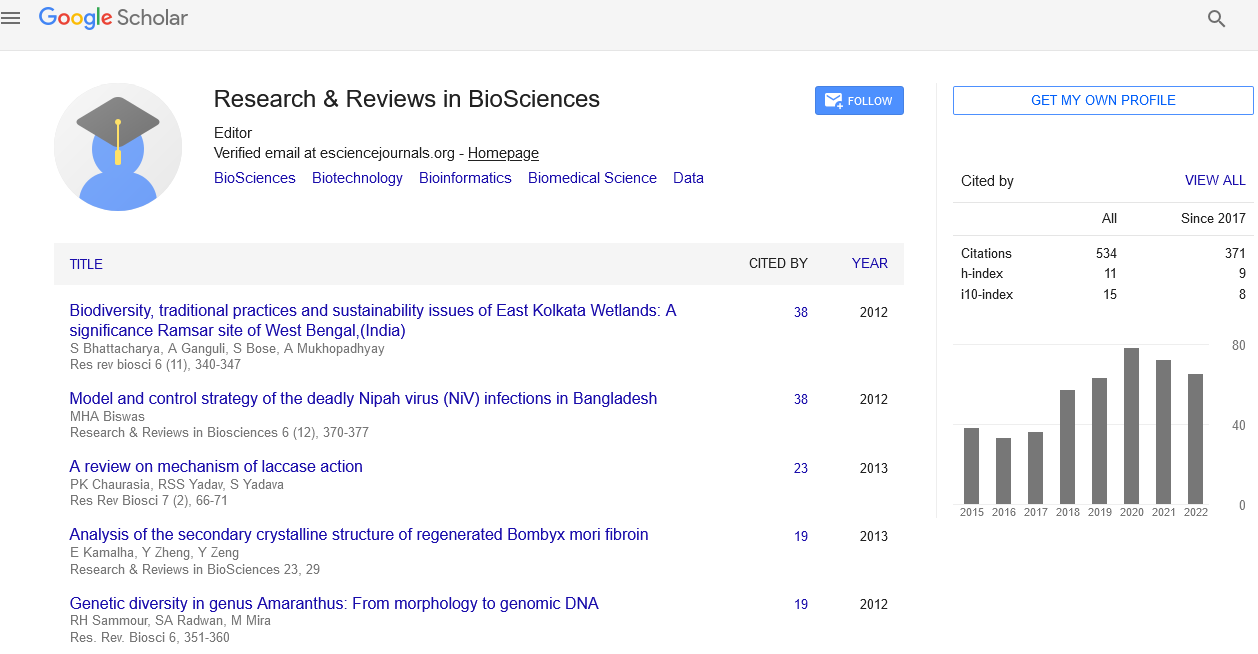Abstract
Clinical Study of Ablating Persistent Atrial Fibrillation: An Analysis of its Methods and Outcomes
Author(s): Guo Fang-Ming, Wang Xiao-Huan, Li Guang-Ping and Li LiObjective: Ablation of circumferential pulmonary vein is an effective method for treating atrial fibrillation (AF), however, it has been found a lower rates of success in persistent AF compared to paroxysmalAF. The aim of this study is to assess whether left atria circumferential ablation (LACA) combined with complex fractionated atrial electrograms ablation is more effective in patients with persistent atrial fibrillation, and to explore the risk factors of atrial fibrillation recurrence.Methods:All pulmonary veins (PVs) in 51 patients with persistent AF were isolated completely by LACA under Ensite NvaX mapping system. Complex fractionated atrial electrograms (CFAEs) were mapped and eliminated if induced AF needed to persist for >1 min after above procedure, and further redoisthmus ablation were necessary in patients with pre-existing atrial flutter. The primary end point was incidence of AF recurrent in 10 months following-up. Results: After LACA, 20 of the 51 patients (39.2%) was successful terminatedAF, and another 18 patients (34.0%) required additional CFAEs ablation in one area of LA. The others (13 patients) needed two or more area CFAEs ablation though only 7 of 13 patients had AF terminated. All patients with typicalAFL had cavo-tricuspid isthmus ablated. During 10.1 ± 3.1 months follow-up, 14 patients had AF recurred including LACA(nine patients), LACA+ one area CFAEs ablation (four patients) and LACA+ CFAEs ablation in two or more area (one patient). By stepwise regression analysis (sle=0.3 sls=0.05) including all the variables evaluated at baseline, pre-existingAPL(HR=3.616, P=0.0278), left atriumenlargement (HR1.256, P=0.0037) andCFAEs eliminated (HR=0.399, P=0.0209) were main factors for the recurrent (P=0.0002) in this model. Conclusions: Combined LACA + CFAEs ablation is more effective in controlling persistent atrial fibrillation than LACAalone. CFAEs and preexsiting AFL and left atrium enlargement are main risk factors for the recurrent events.
